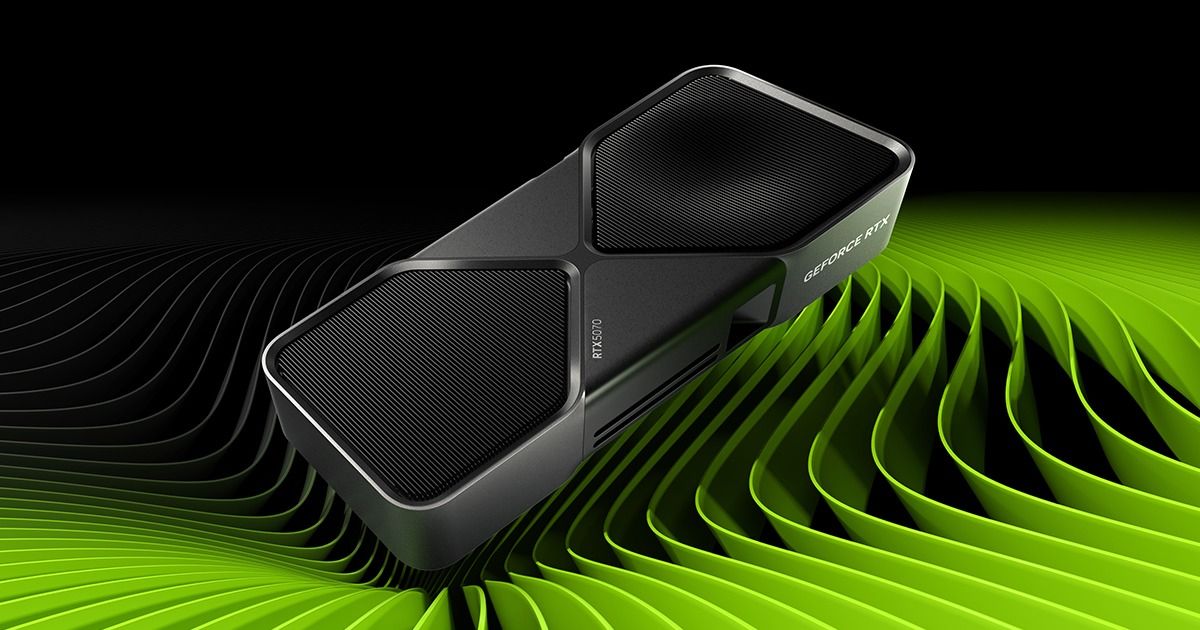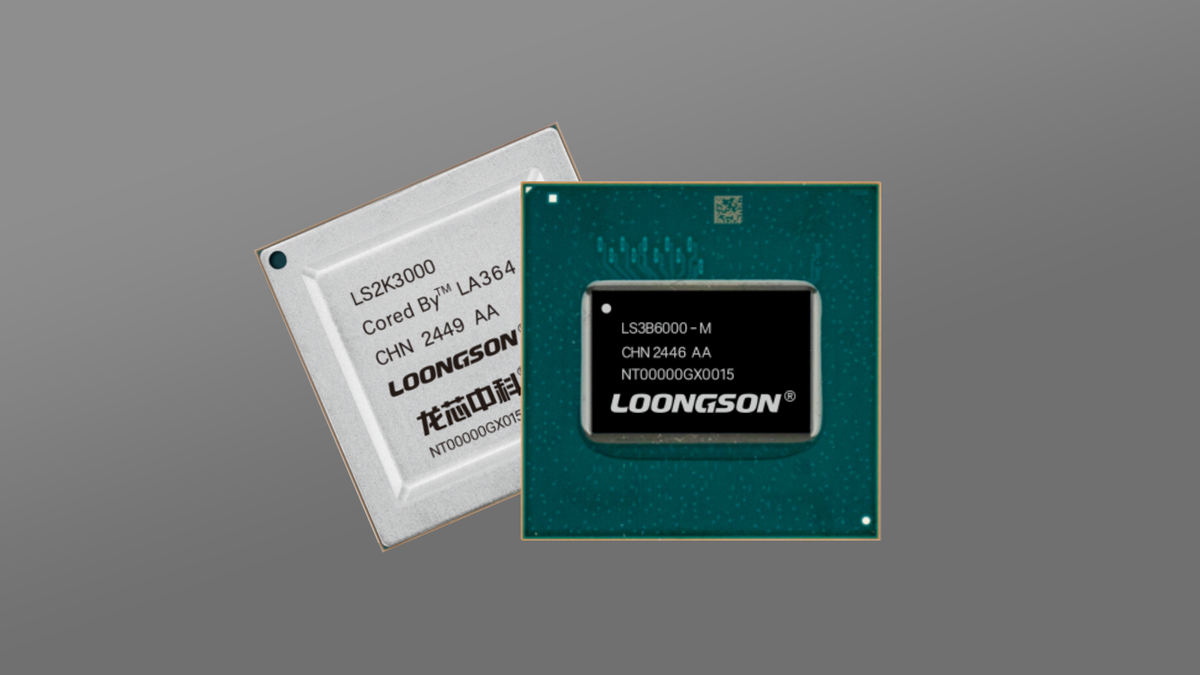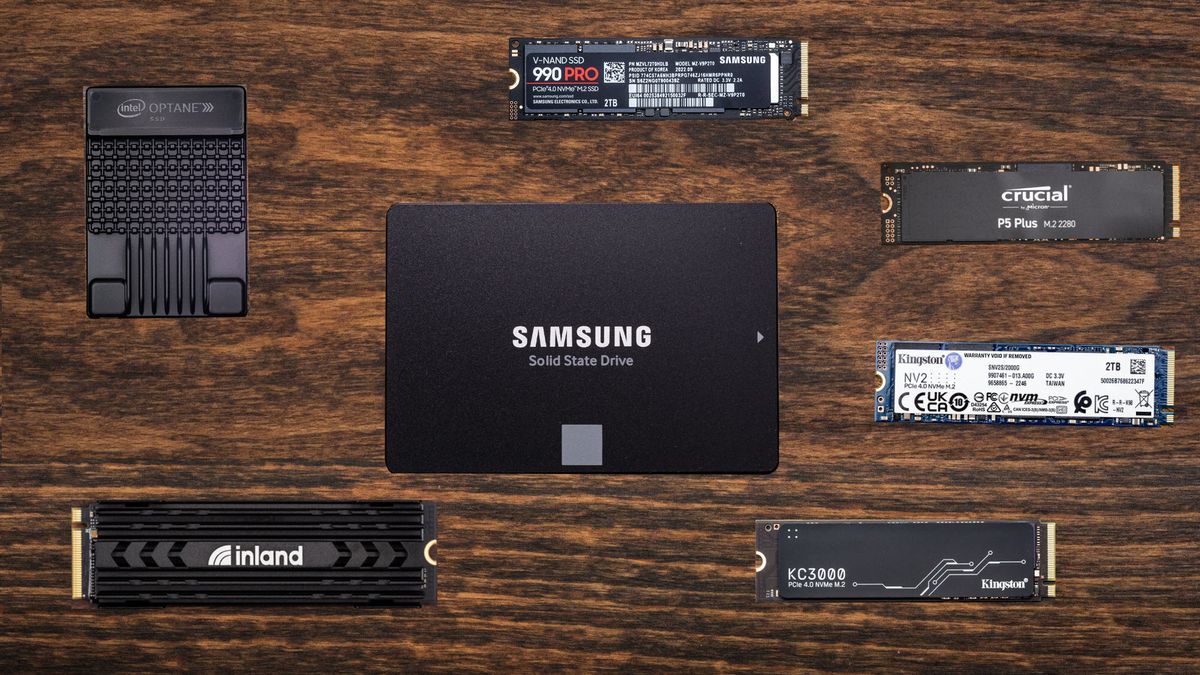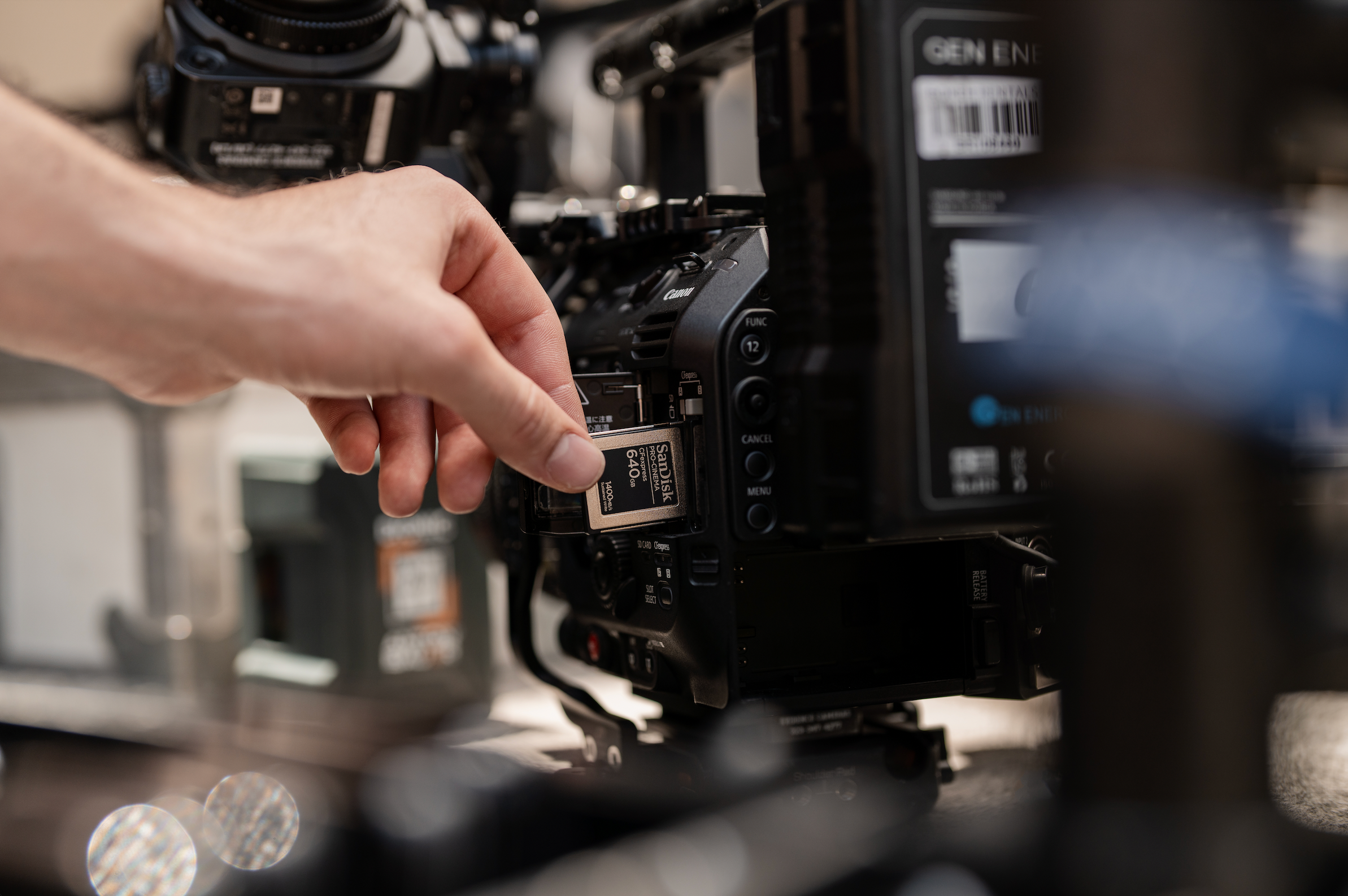Is the Treadmill or Elliptical Better For Boosting Overall Fitness?
:quality(85):upscale()/2025/04/03/921/n/1922729/6942e9c167eef854c44c76.58253293_.png)
Treadmills and ellipticals are two extremely popular machines you can use at the gym or buy for your own home. And there's a reason for that: Both get your heart rate up, work your lower-body muscles, and get you moving in similar planes of motion (aka your feet are moving in the same direction: forward). So, on the surface, it'd stand to reason they're both pretty similar.
But is one cardio machine better than the other for boosting fitness and giving you an overall better workout? Or are they both equally as beneficial? To find out, we tapped two personal trainers for the pros and cons of each and how to figure out which one is best for you and your goals.
Experts in This Article
Or Artzi, CPT, is a certified personal trainer, lead group fitness instructor at Equinox, and creator of the fitness platform Orriors.
Noam Tamir, CSCS is a certified strength and conditioning specialist and founder and CEO of TS Fitness.
The Benefits of a Treadmill
The treadmill is a versatile and effective cardio machine that offers a controlled environment for walking and running, explains Or Artzi, CPT, lead group fitness instructor at Equinox and creator of the fitness platform Orriors. "It mimics natural movements that can translate into sports and other activities," adds Noam Tamir, CSCS, founder and CEO of TS Fitness.
A few notable perks of the treadmill, according to Artzi and Tamir, include:
- You can adjust the speed and the incline to increase cardiovascular demand.
- It's a weight-bearing exercise, so it's good for bone density.
- Its shock-absorbing belt reduces joint impact (compared to walking or running on concrete).
- It's one of the best tools for high-intensity interval training to improve endurance.
- It eliminates outdoor obstacles like bad weather, traffic, or uneven terrain.
The Drawbacks a Treadmill
While running or walking on the treadmill has its benefits, there are also a few downsides to consider, according to Artzi and Tamir. These include:
- The treadmill doesn't fully replicate wind resistance, uneven surfaces, or real-world pace variations, so you still need to run outside if you're training for a race.
- While treadmills reduce impact compared to concrete, long-term use can still put stress on your knees, hips, and ankles — increasing the risk of overuse injuries like shin splints, knee pain, or Achilles issues.
- The treadmill belt assists movement to create momentum, meaning that the muscles that stabilize your core and ankles aren't as engaged as they are during outdoor runs.
- Running or walking in place lacks variety, which can make long treadmill sessions feel repetitive.
The Benefits of an Elliptical
The elliptical machine is a great option for people of all ability levels and you can get a full-body workout due to its mobile handles, Tamir explains. Here are a few more of the elliptical's benefits, according to Tamir and Artzi:
- It's low-impact so there's less pressure on your knees, hips, and ankles compared to running. This means there's also less of a chance for injury (and it's a good option for people with prior injuries).
- It can be used for high-intensity interval training (HIIT) while remaining joint-friendly.
- You can adjust resistance and incline for strength-focused exercise sessions.
The Drawbacks of an Elliptical
While the elliptical offers an effective workout, it doesn't fully mimic natural walking or running mechanics, according to Artzi. "It's in a fixed position, so it's not very functional, and it minimizes muscle engagement," Tamir adds. What's more, this machine doesn't stimulate bone growth as much as weight-bearing activities like running, jumping, and resistance training, Artzi says.
Which Machine Is Right for You?
The treadmill may be the best option for you if you're a runner or walker looking to increase your heart health and bone and muscle strength, according to Tamir. It's a great option for runners getting ready for a race when getting outside isn't ideal or other athletes who need to train their endurance, he says.
On the other hand, you should avoid the treadmill — or use it cautiously with a doctor's approval — if you have knee, hip, or lower back injuries that worsen with impact, Artzi explains. Additionally, people who have cardiovascular issues and should avoid intense exercise, like running, should also opt for something other than the treadmill, Tamir says.
Choose the elliptical machine if you have knee injuries, arthritis, or joint pain, per Artzi. This is because the elliptical is low-impact in nature. Additionally, the elliptical is a great option if you're new to exercise or coming back after a long break, she says.
Worth noting: Athletes training for a specific sport — such as running, cycling, or swimming — may not want to use the elliptical because it's important to keep your training specific to your goals, Artzi explains. For instance, if you want to be a better runner, you'll need to focus on running. Those looking to maximize bone-strengthening benefits may need higher-impact activity, she adds.
Which Machine Is Better for Overall Fitness?
The treadmill burns more calories and builds more bone density than the elliptical, according to Tamir. The treadmill is also more functional than the elliptical because running and walking are more applicable to the real world than the motion of the elliptical is, he says. However, "the elliptical is better for people who need lower-impact exercise due to injuries and want to practice injury prevention," he says.
That being said, the "best" machine is the one you'll use the most and what works best for your goals and body, Artzi explains. "Both the treadmill and elliptical offer great benefits, but the most effective workout is the one where you can stay consistent and support your fitness goals," she says.
Danielle Zickl is a freelance writer who has 10 years of experience covering fitness, health, and nutrition. You can find her work here on PS and in many other publications, including Self, Well+Good, Runner's World, Outside Run, Peloton, Women's Health, and Men's Fitness.
What's Your Reaction?
 Like
0
Like
0
 Dislike
0
Dislike
0
 Love
0
Love
0
 Funny
0
Funny
0
 Angry
0
Angry
0
 Sad
0
Sad
0
 Wow
0
Wow
0





:quality(85):upscale()/2025/03/27/776/n/49351773/1c19936567e58d1c5c6c01.86394536_.png)
:quality(85):upscale()/2025/03/21/942/n/1922153/a404f57067dddc11928eb9.35389661_.jpg)
:quality(85):upscale()/2025/04/02/061/n/49351765/e4176f9167edd650319326.42956894_.jpg)
:quality(85):upscale()/2025/03/26/842/n/49351761/552865fa67e451bdbb8847.65246064_.jpg)






















